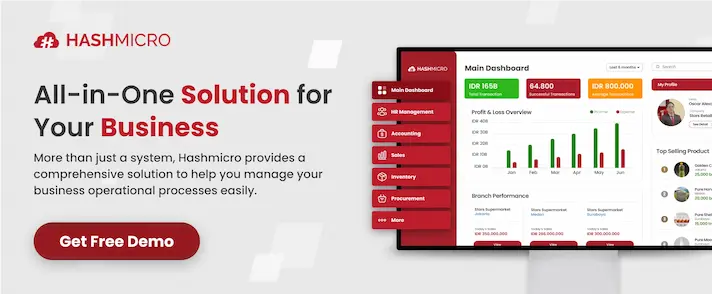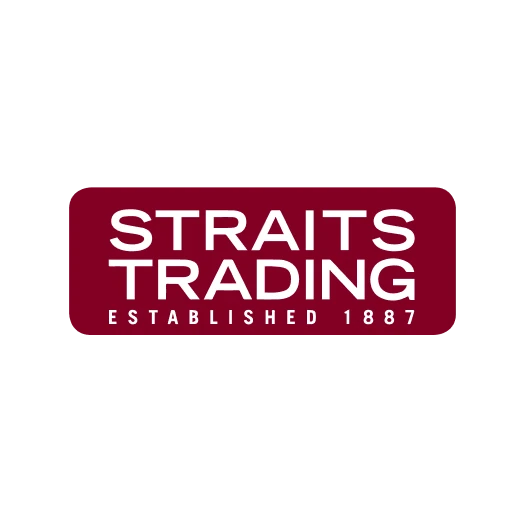With the growing complexity and demands of asset-intensive industries, many organizations are adopting predictive maintenance software to optimize performance, minimize downtime, and improve operational efficiency.
Choosing the right solution enables better monitoring of equipment health, enhances visibility across maintenance activities, and supports more informed, data-driven decisions. It also improves coordination between maintenance teams and asset managers.
Discover the 12 best predictive maintenance software solutions in Singapore, each tailored to address specific industry needs and provide practical insights to help you select the ideal system for your operations.
Key Takeaways
|
What are Predictive Maintenance Tools?
Predictive maintenance software is a solution that enables teams to efficiently plan, carry out, and oversee maintenance activities based on data-driven insights. In addition to standard features like scheduling and work order management, it also offers advanced capabilities for asset monitoring and system integration.
By leveraging information from sensors, equipment history, and real-time operating conditions, this software detects anomalies and trends, enabling the early anticipation of issues and a reduction in the risk of unexpected equipment breakdowns.
Benefits of Predictive Maintenance Tools

Predictive maintenance software systems offer significant advantages for businesses seeking to improve operational efficiency and enhance equipment reliability. Here are some key benefits your team can experience by implementing this type of solution:
1. Reduced unexpected downtime
Predictive maintenance software helps identify early signs of wear or malfunction, enabling maintenance teams to take action before failures occur. Its proactive approach significantly reduces unplanned downtime, keeping operations running smoothly.
2. Lower repair cost
By detecting issues at an early stage, the software enables minor repairs or adjustments that are far less expensive than major fixes. It minimizes emergency repair costs and helps avoid the need for full equipment replacements.
3. Extended equipment maintenance and lifespan
Regular and timely maintenance, based on the actual condition of the equipment, ensures that machines are well-maintained. As a result, assets remain in better condition for longer periods, thereby extending their overall lifespan and maximizing return on investment.
4. Improve lifecycle management
The system provides detailed insights into the condition and performance of assets throughout their usage. It helps teams make informed decisions about maintenance schedules, part replacements, and capital planning.
5. Improve equipment reliability
By continuously monitoring equipment in real time, predictive maintenance software ensures that machinery operates more reliably. It reduces performance variability, prevents recurring issues, and builds confidence in daily production processes.
The Challenges of Predictive Maintenance Tools
The implementation of predictive maintenance tools presents several challenges that organizations must address to achieve optimal results. Below are some of the key challenges associated with predictive maintenance tools, along with brief explanations for each.
1. Data privacy and security
Collecting large amounts of equipment data through predictive maintenance tools raises serious concerns about data protection and system security. With connections to external networks, these tools can expose systems to cyber threats.
Additionally, organizations must comply with stringent data regulations, such as the GDPR or industry-specific standards. Aligning predictive maintenance systems with these rules is essential to avoid legal and financial risks.
2. Technical challenges and limitations
A key challenge in predictive maintenance is establishing the proper infrastructure. Older equipment often lacks sensors, necessitating retrofits, while poor data quality, such as sensor drift or missing values, can compromise the accuracy of predictions.
Integration with existing systems can also be challenging, especially with outdated software. Additionally, each asset type needs specific monitoring indicators and failure thresholds, making the setup more complex.
3. Cultural change and user adoption
Shifting from reactive or preventive maintenance to a predictive strategy involves a major cultural transformation. Teams accustomed to conventional practices may be hesitant to adopt new technologies, making change management a crucial part of the implementation process.
Comprehensive training is essential, as staff must learn to operate new systems, analyze data, and act on predictive insights. Without strong commitment from management, these initiatives may lack the necessary resources and prioritization to achieve success.
4. Maintenance scheduling and planning
Aligning predictive alerts with existing maintenance schedules can be difficult, as teams must balance system recommendations with routine tasks. It adds complexity to scheduling and requires flexibility.
Effective implementation also depends on seamless integration with maintenance systems and careful planning of equipment downtime to prevent disruptions to operations. Cross-team coordination is crucial to minimize production impact.
12 Best Predictive Maintenance Tools in 2025
We’ve curated a list of 12 leading predictive maintenance software solutions, each tailored to support the specific needs of businesses managing critical assets and equipment.
Every platform comes with its own set of features and considerations, enabling you to evaluate which solution best suits your maintenance goals and operational requirements.
1. HashMicro
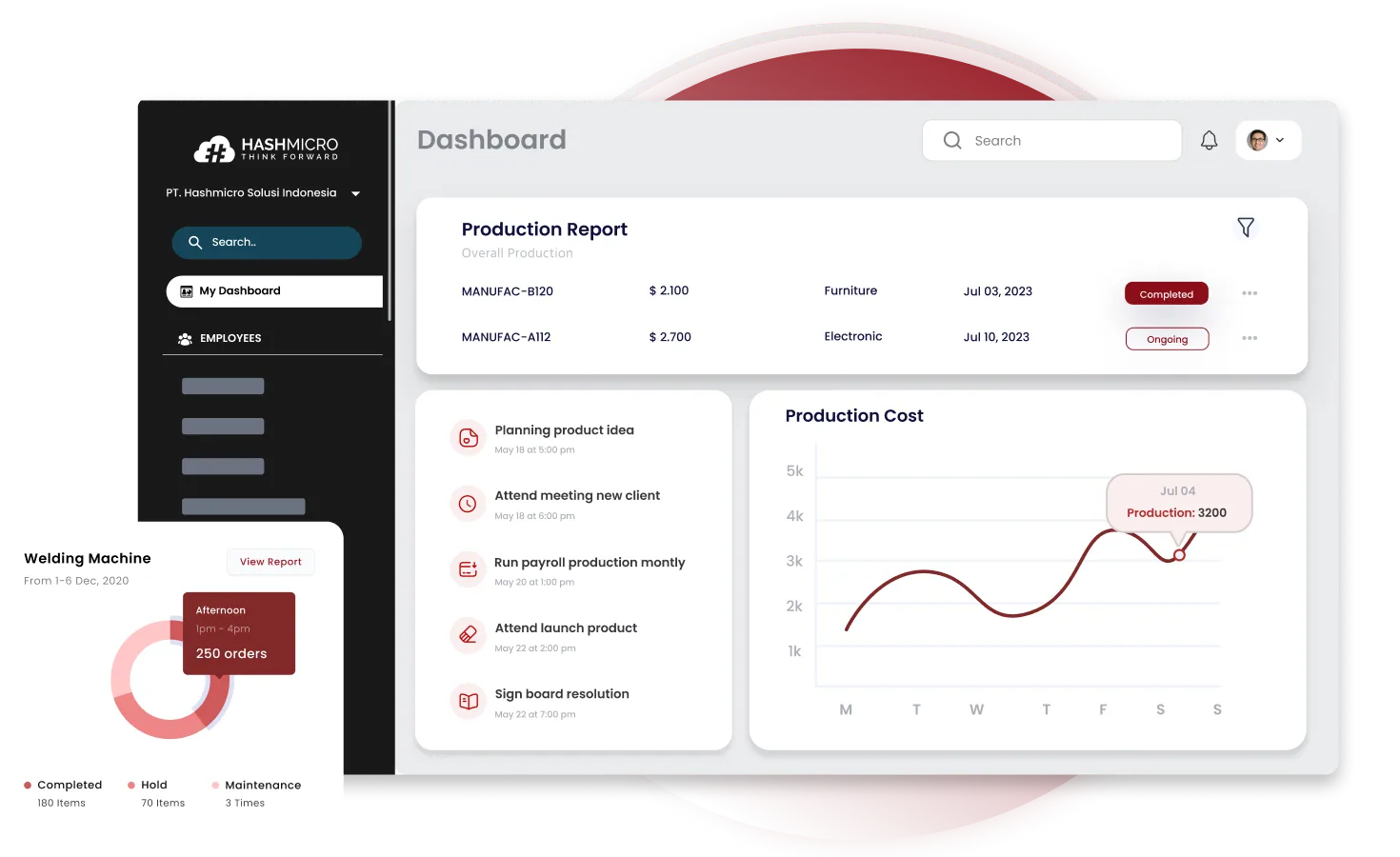
HashMicro’s Maintenance Software with its facility management software enables businesses to take complete control of their asset management by streamlining maintenance operations and enhancing visibility across all equipment activities. The system offers real-time insights that support faster, smarter decisions to prevent unplanned downtime.
Easily schedule maintenance tasks, track asset performance, and receive alerts on potential issues. With live dashboards and automated notifications, teams can address problems before they disrupt operations.
The software helps detect early signs of equipment failure and compare performance against maintenance goals. HashMicro equips your business with intelligent tools to extend asset lifespan and increase overall efficiency.
Key features of HashMicro’s Maintenance Software:
- Intelligent Maintenance Scheduling: Plan and manage maintenance activities with precision to minimize disruptions and improve coordination across teams.
- Real-Time Asset Monitoring: Gain complete visibility into equipment condition and performance, ensuring timely interventions before failures occur.
- Automated Work Order Management: Generate, assign, and track maintenance tasks with ease, ensuring clear documentation without disrupting operations.
- Customizable Maintenance Workflows: Adapt maintenance processes to suit different asset types and operational needs, offering flexibility without altering machine functions.
- Instant Cost and Downtime Tracking: Monitor maintenance expenses and asset availability in real time, supporting better financial and operational decisions.
- Predictive Insights for Maintenance Planning: Use AI-powered analytics to forecast equipment needs, schedule maintenance, and optimize resource allocation.
| Pros | Cons |
|
|
2. IBM Maximo
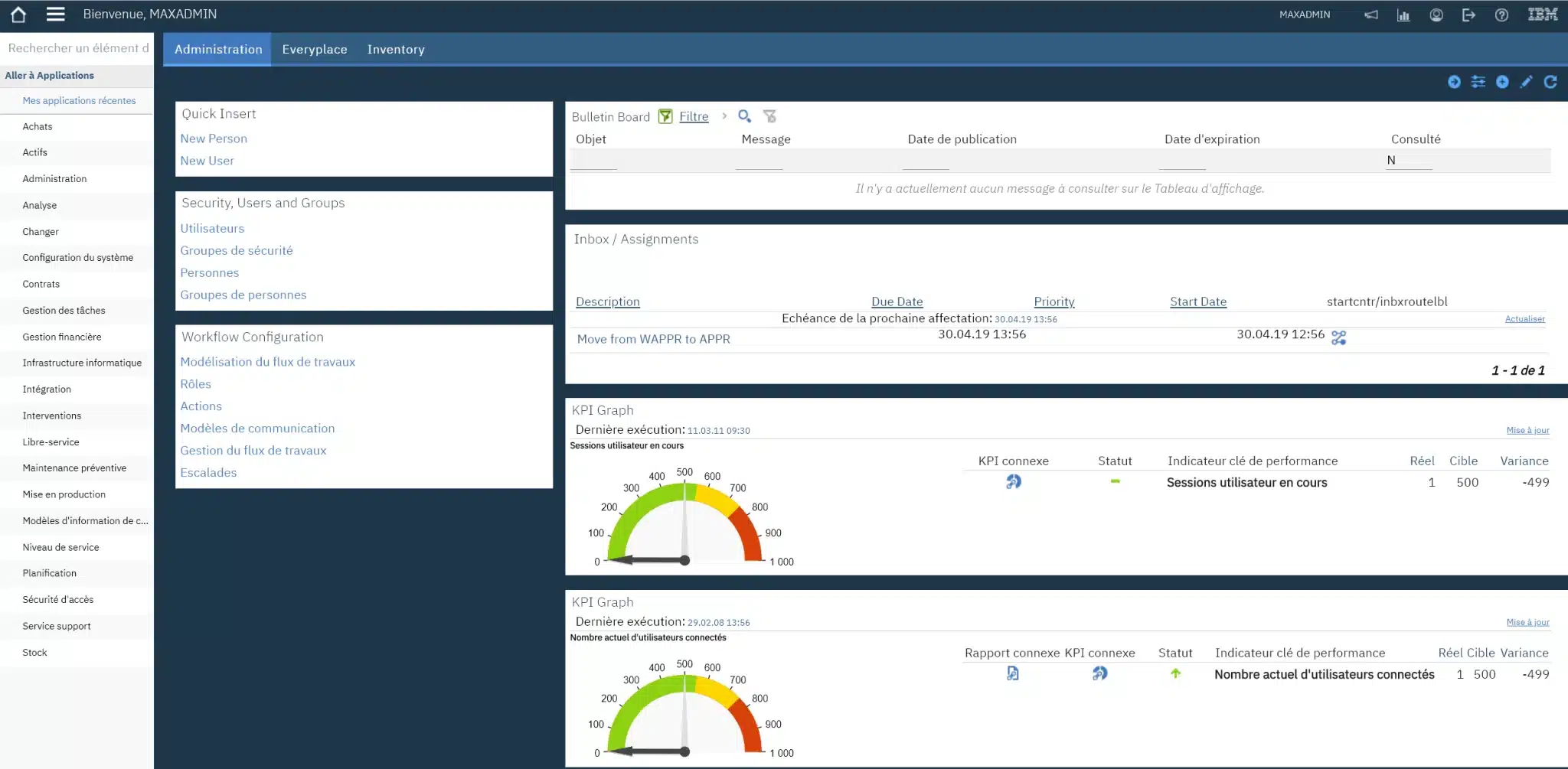
IBM Maximo is an enterprise asset management solution that utilizes AI and IoT to support predictive maintenance and lifecycle management across various assets, including buildings, vehicles, and equipment.
The platform includes Maximo Health for monitoring asset conditions through data insights, as well as Maximo Predict, which leverages analytics to enhance maintenance planning and boost asset reliability.
| Pros | Cons |
|
|
3. Vertiv Predictive Maintenance Services
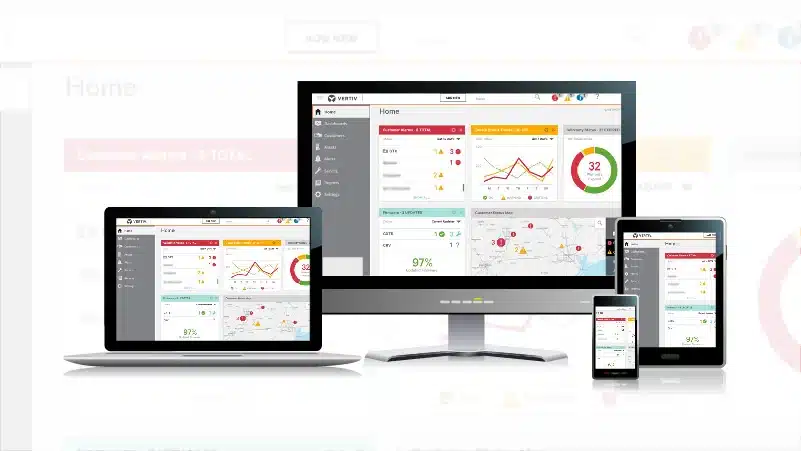
Vertiv offers AI-powered predictive maintenance to optimize equipment performance, safety, and reliability. By assessing asset conditions and enabling cost-efficient maintenance, Vertiv helps businesses prevent failures and improve operational efficiency.
It also supports adaptive infrastructure optimization and more innovative resource management.
| Pros | Cons |
|
|
4. KONE
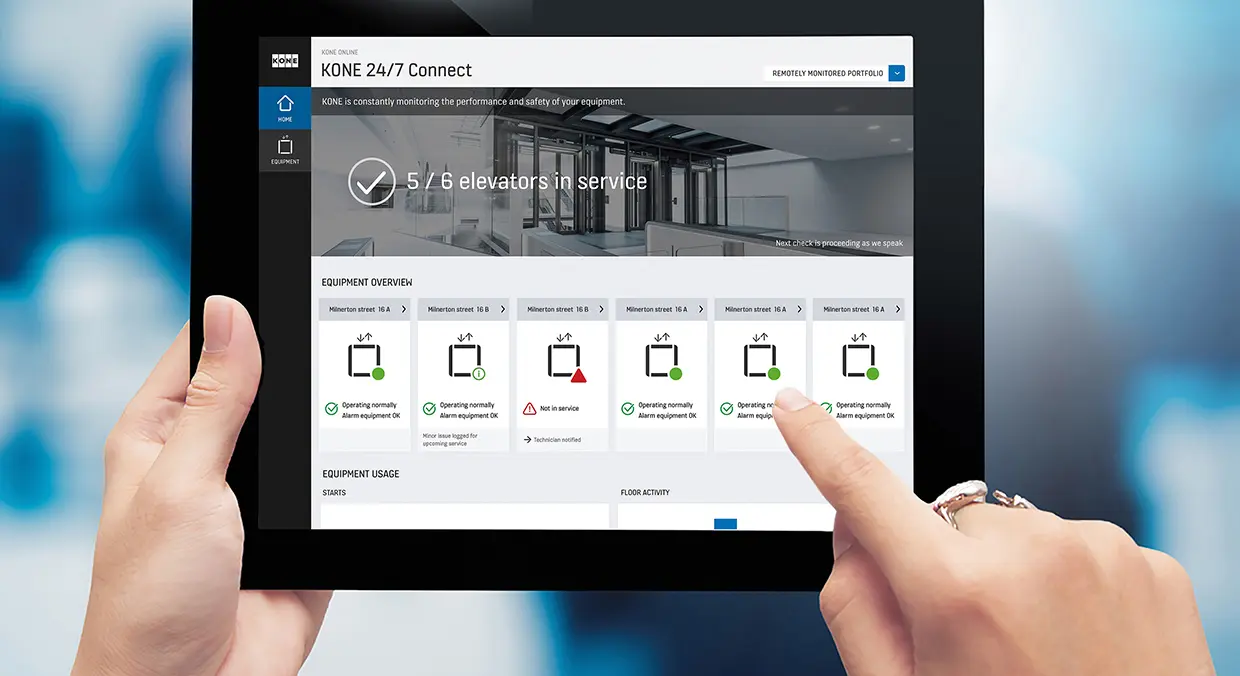
KONE utilizes sensor data and advanced analytics to monitor lifts, escalators, and doors, enabling more innovative and more efficient maintenance. Through the KONE Online portal and Mobile app, facility managers can access real-time performance and repair insights. The system supports both new installations and retrofits.
| Pros | Cons |
|
|
5. SAP Predictive Maintenance and Service
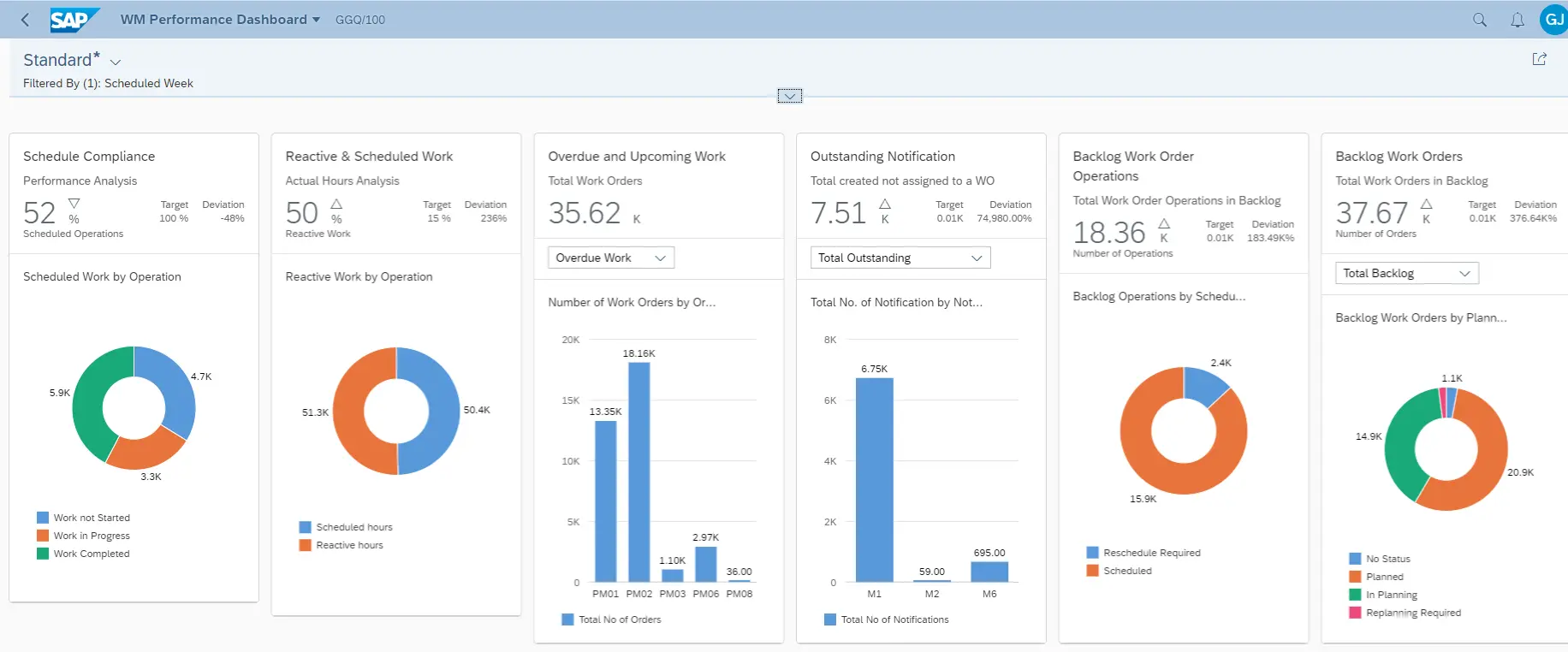
SAP’s cloud-based solution leverages machine learning and advanced analytics to predict equipment failures in data centers. By using AI-driven predictive models, it calculates failure probabilities and estimates an asset’s remaining useful life.
Additionally, SAP supports sustainability efforts by helping businesses prolong the lifespan of their equipment and improve risk management practices.
| Pros | Cons |
|
|
6. PTC ThingWorx
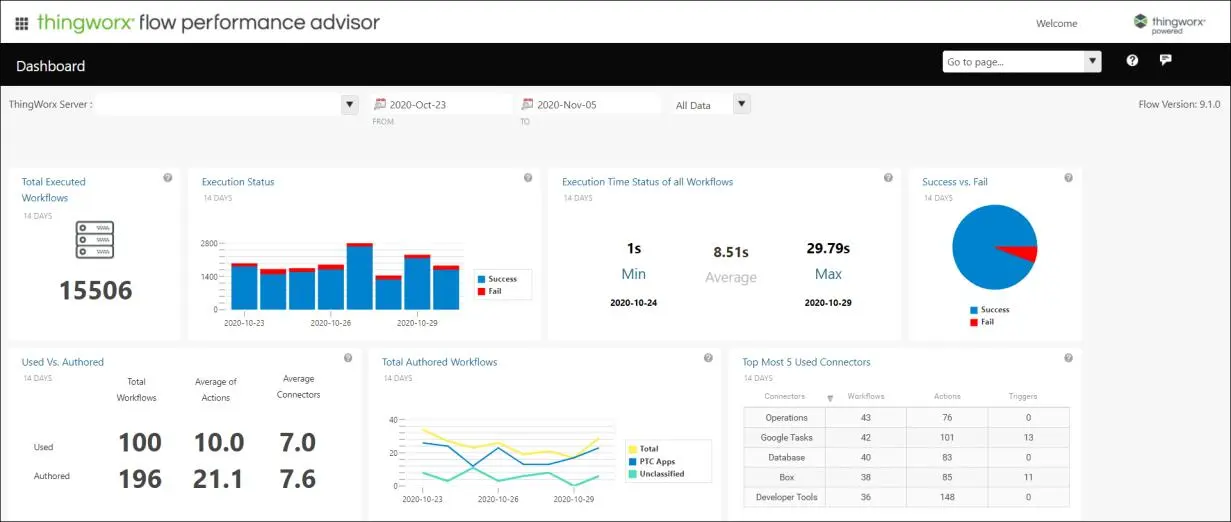
PTC’s ThingWorx is an industrial IoT platform that offers predictive maintenance features for data centre assets. It enables businesses to create connected products and smart operations, supporting rapid digital transformation.
Designed as a comprehensive IoT solution, ThingWorx provides the tools needed to build and deploy advanced applications and augmented reality (AR) experiences efficiently.
| Pros | Cons |
|
|
7. Schneider Electric Data Center Expert
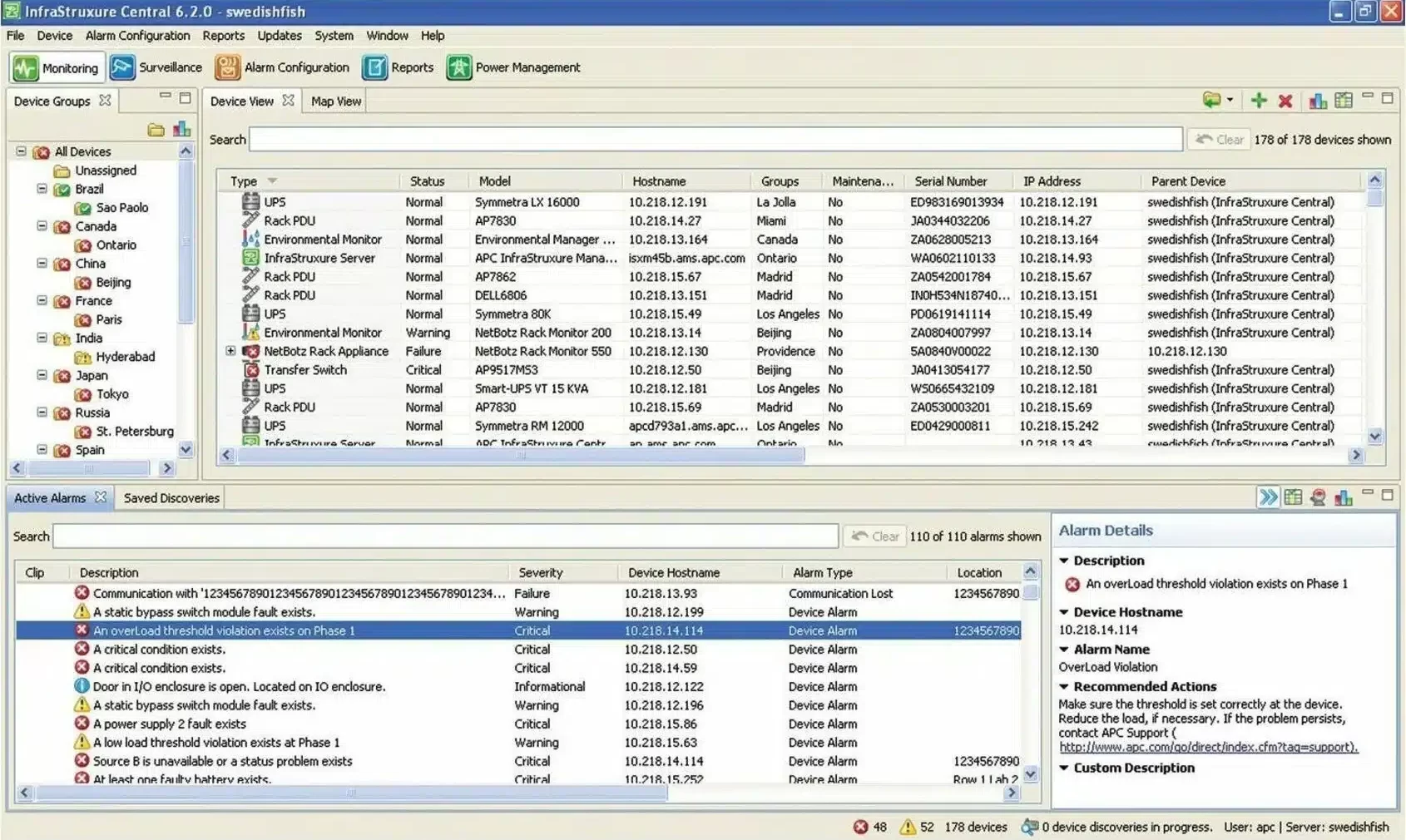
Schneider Electric’s Data Centre Expert provides real-time monitoring and predictive maintenance for power, cooling, security, and environmental systems. It offers centralized dashboards, custom reports, and instant alerts to help maintain critical infrastructure and prevent downtime.
| Pros | Cons |
|
|
8. Nlyte Software
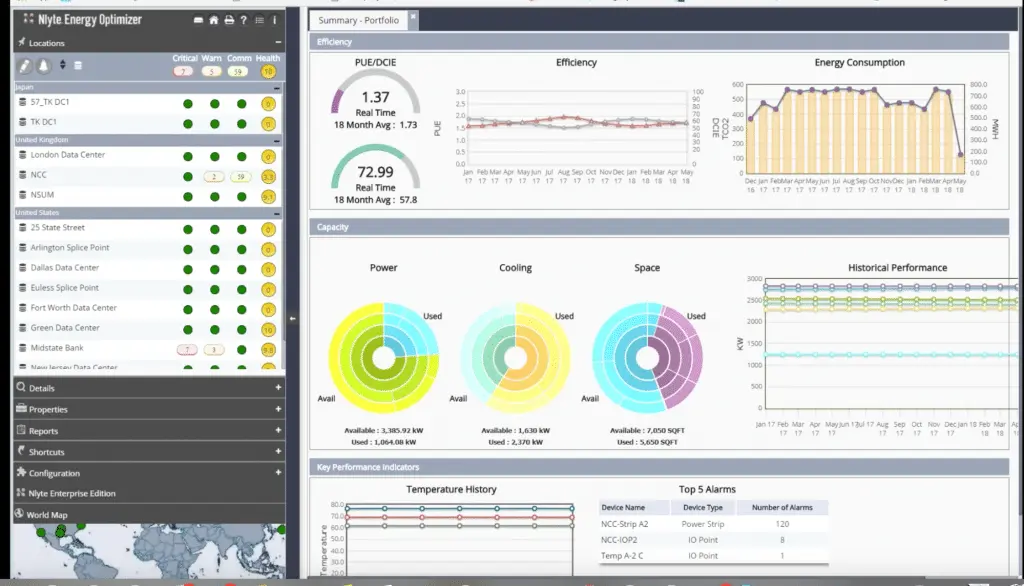
Nlyte offers DCIM solutions equipped with predictive maintenance features to manage data centre assets and infrastructure more effectively. The platform enables seamless integration between building automation systems and DCIM software.
It supports comprehensive telemetry monitoring to forecast and improve power and thermal efficiency, minimize disruptions during maintenance, and optimize application workload distribution.
| Pros | Cons |
|
|
9. Siemens Predictive Maintenance
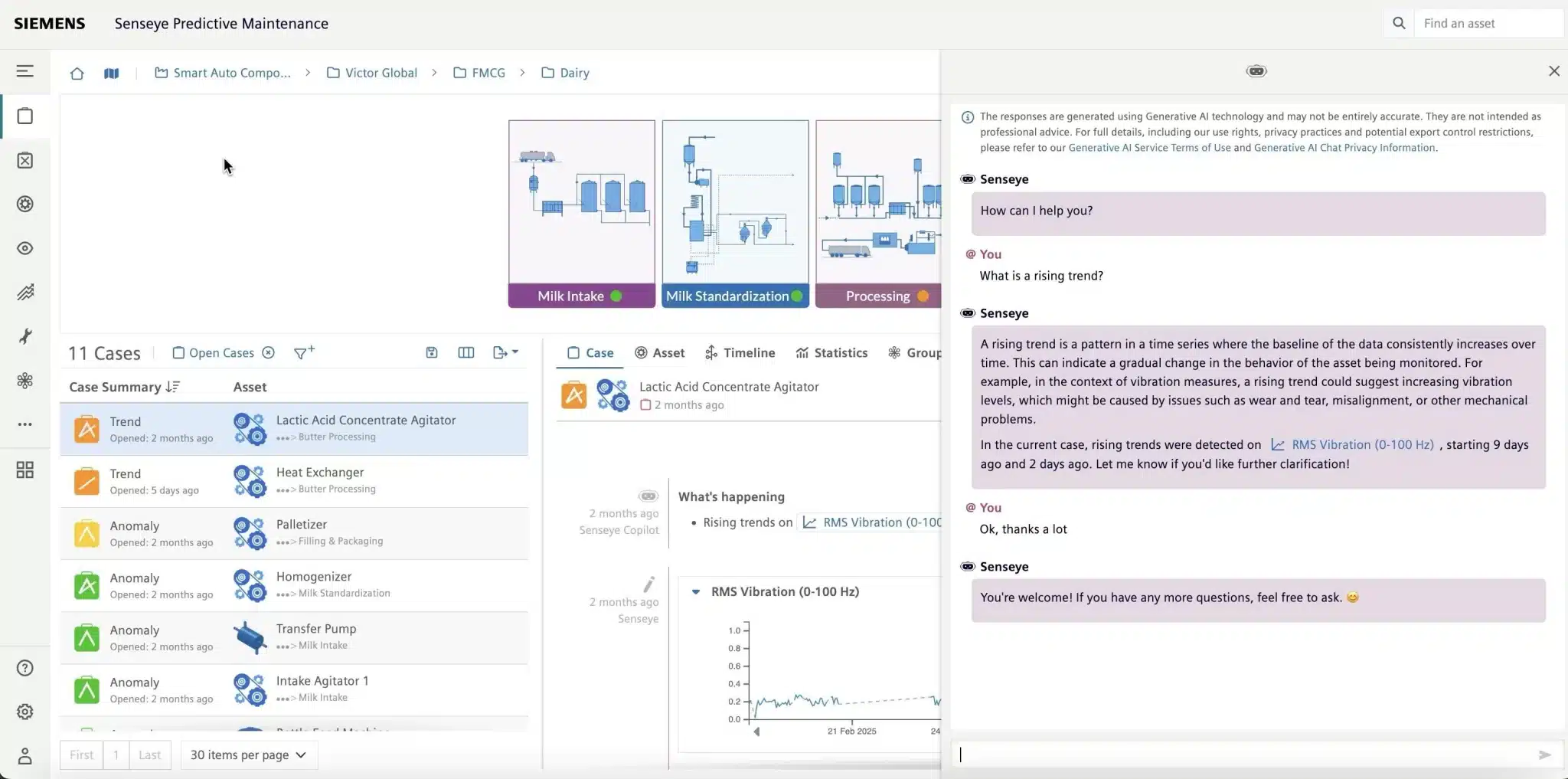
Siemens provides predictive maintenance solutions applicable to various data centre systems and equipment. Leveraging its industry expertise, Siemens helps organizations enhance maintenance efficiency, reduce costs, and foster knowledge sharing.
Its Senseye Predictive Maintenance tool offers comprehensive asset visibility, helping reduce downtime and support large-scale digital transformation across sectors by enabling more innovative maintenance strategies.
| Pros | Cons |
|
|
10. GE Digital SmartSignal
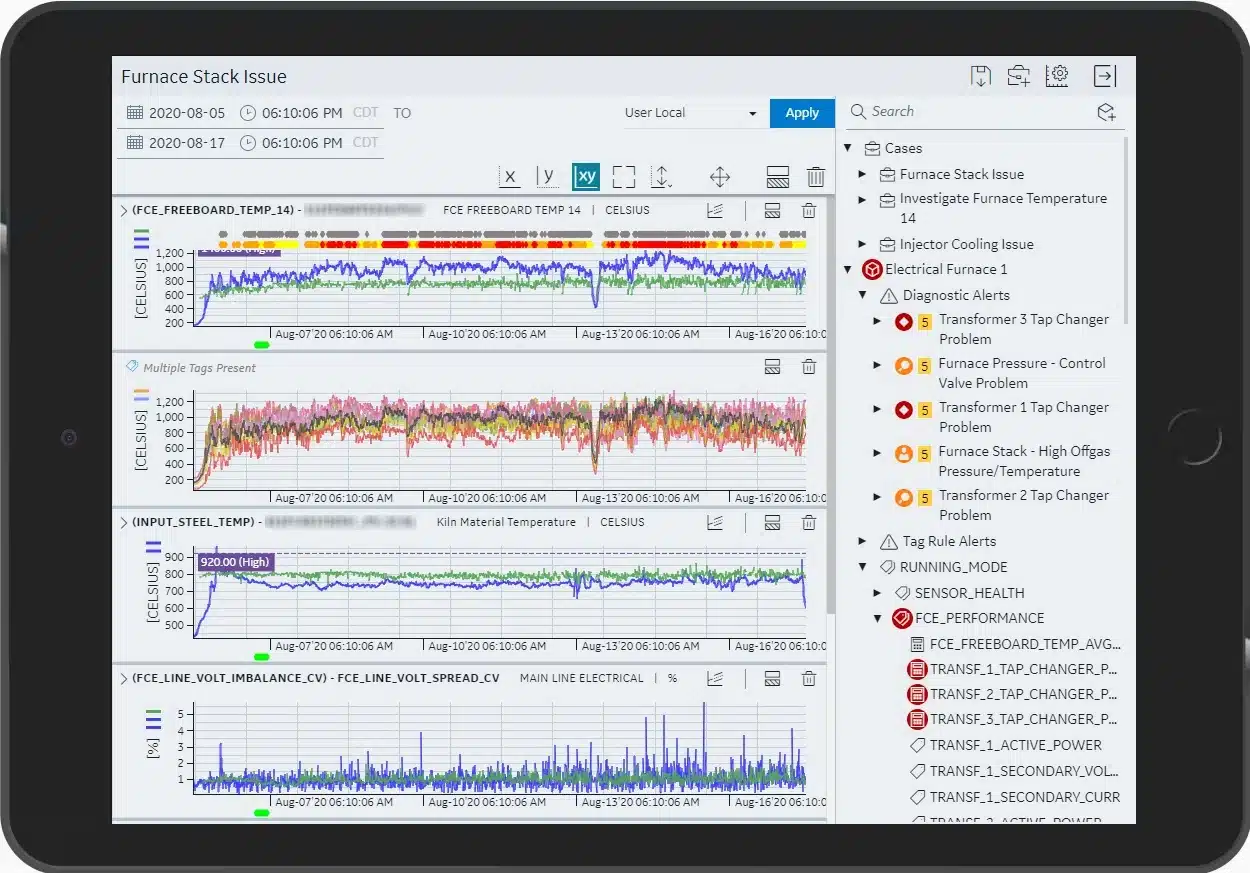
GE offers Digital SmartSignal, a predictive maintenance solution designed to monitor and anticipate failures in essential data centre equipment. The platform utilizes predictive analytics to provide reliable insights into the performance of critical assets, enabling businesses to protect their most valuable infrastructure.
| Pros | Cons |
|
|
11. Uptake
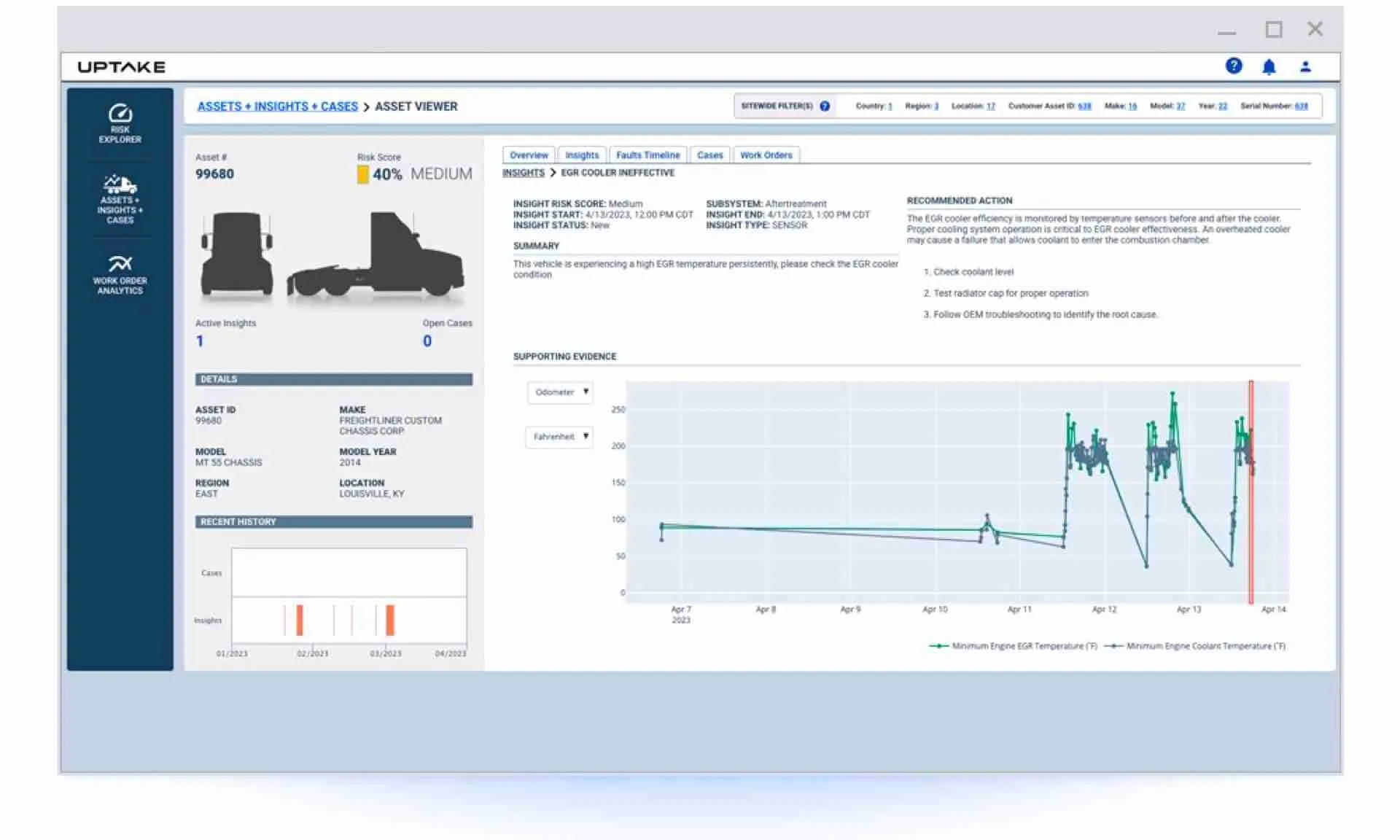
Uptake is a maintenance analytics provider that focuses on industrial AI and data-driven solutions. Its predictive maintenance tools help transform untapped data into actionable insights, enabling the anticipation and prevention of equipment failures in data centre settings.
Uptake supports quicker decision-making and faster value realization. While the company mainly serves fleet operations, its scalable and intuitive products are also applicable across broader industrial environments.
| Pros | Cons |
|
|
12. MaintainX
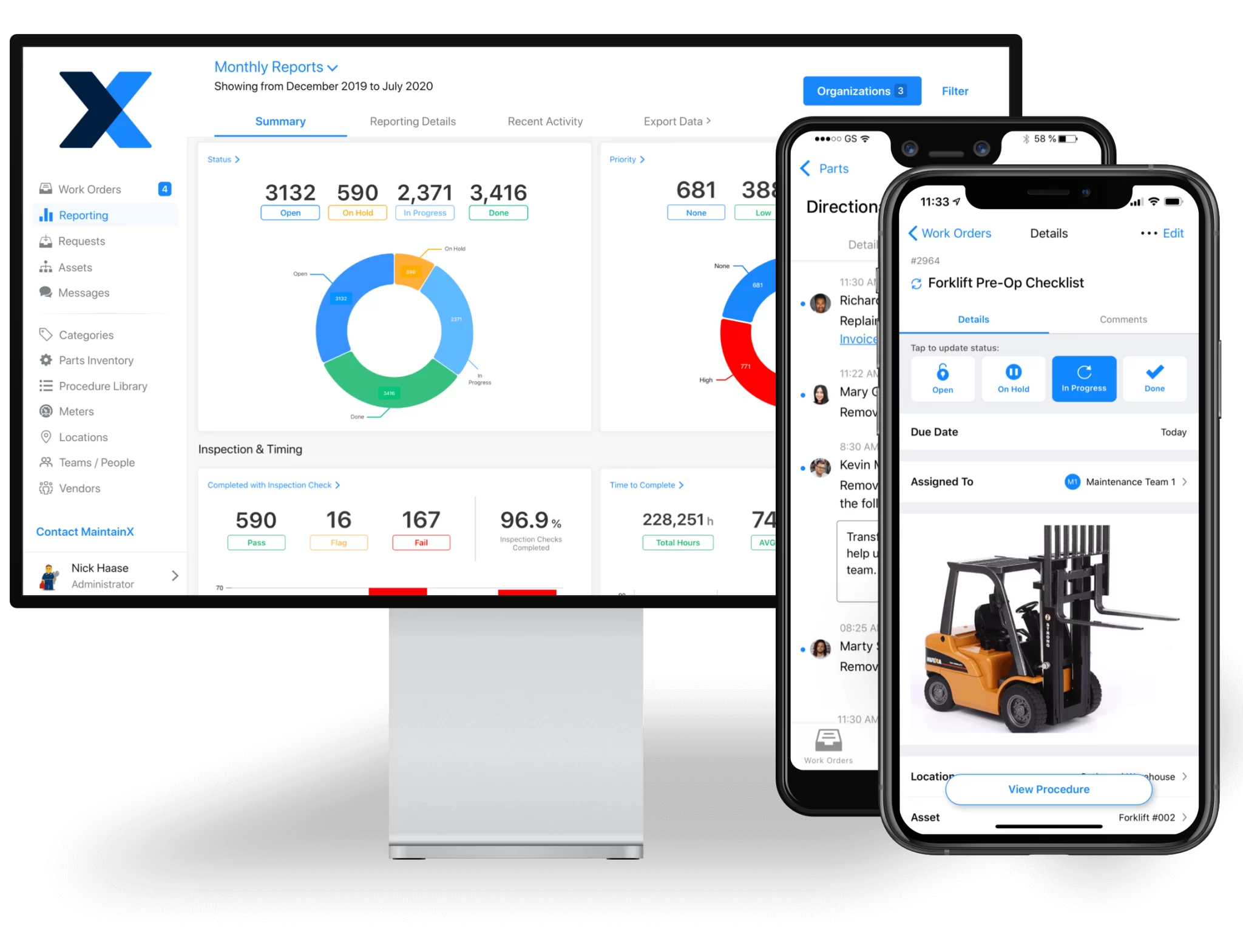
MaintainX is an AI-enhanced Computerized Maintenance Management Software (CMMS) designed to streamline maintenance operations. It simplifies work order processing, enables efficient asset and inventory tracking, and offers real-time insights through analytics.
| Pros | Cons |
|
|
Conclusion
Selecting the right predictive maintenance software is crucial for businesses seeking to enhance operational efficiency and prevent unexpected equipment failures. A well-suited solution helps automate maintenance planning and improve asset monitoring.
Platforms like HashMicro’s Maintenance Software offer a comprehensive set of tools tailored for modern maintenance needs. This cloud-based system enhances cross-department collaboration and provides clear visibility into asset conditions and maintenance activities.
Boost your digital transformation with up to 70% funding through the NTUC CTC Grant when adopting HashMicro’s Maintenance Software. Request a free demo to see how it can reduce downtime and enhance data-driven decisions.
Frequently Asked Questions
-
What are the four types of software maintenance?
Software Maintenance Types: Corrective, Adaptive, Perfective, and Preventive Software Maintenance.
-
What is the PM program?
Preventive maintenance (PM) is a proactive approach to maintenance that helps prevent unexpected equipment failures. PM is considered a type of planned maintenance and is a key component of adequate facilities management.
-
What is the difference between predictive maintenance and preventive maintenance?
While preventive maintenance relies on best practices and historical data, predictive maintenance takes measurements from machine operations as they are occurring and uses this data to raise red flags when indications of a problem are noted.


